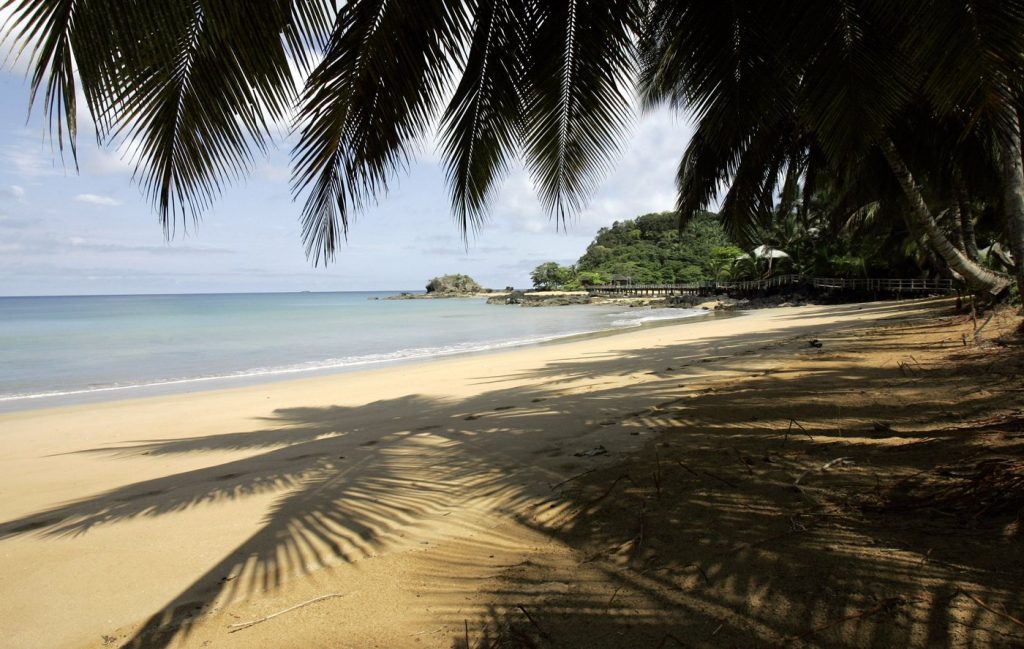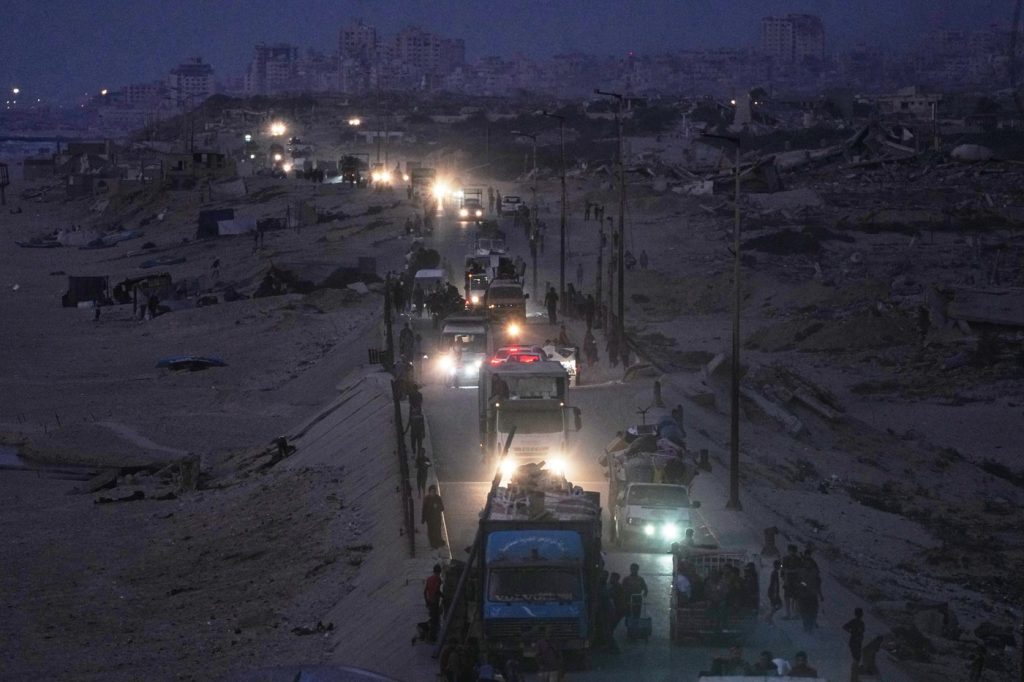The United Nations cultural agency recently announced the designation of 26 new UNESCO biosphere reserves, bringing the total to 785 sites across 142 countries since 1971. These biosphere reserves are crucial for protecting some of the planet's most vulnerable ecosystems while also integrating human activities. They not only serve as strictly protected areas but also include regions where people live and work, promoting a balance between conservation efforts and local economic and cultural needs.
António Abreu, the head of the UNESCO program, emphasized that biodiversity conservation is a cornerstone of socioeconomic development. He warned that neglecting local communities in decision-making processes could lead to conflicts and misunderstandings. The announcement took place in Hangzhou, China, where a new 10-year strategic action plan was adopted. This plan focuses on studying the impacts of climate change and promoting sustainable practices.
The newly designated reserves are diverse and include significant regions such as Raja Ampat in Indonesia, which covers 52,000 square miles (135,000 square kilometers) and is home to more than 75% of Earth's coral species, rainforests, and endangered sea turtles. The local economy relies heavily on fishing, aquaculture, small-scale agriculture, and tourism.
In Iceland, the Snæfellsnes Biosphere Reserve, encompassing an area of 1,460 square kilometers (564 square miles), showcases volcanic peaks, lava fields, wetlands, and a glacier. This reserve is crucial for the habitat of seabirds and seals, and it features over 70% of Iceland's plant life, including 330 species of wildflowers and ferns. Approximately 4,000 residents depend on fishing, sheep farming, and tourism for their livelihoods.
Angola's new Quiçama Biosphere Reserve, located along 206 kilometers (128 miles) of the Atlantic coast, serves as a "sanctuary for biodiversity." The region contains savannahs, forests, flood plains, estuaries, and numerous islands, supporting elephants, manatees, sea turtles, and over 200 bird species. The economy for local residents includes livestock herding, farming, fishing, and honey production.
Collaboration among residents, scientists, and government officials is vital for the successful protection of biodiversity within these reserves. For instance, in the Philippines, scientists aided local fishermen in adopting aquaculture practices to allow damaged coral reefs to recover. This intervention not only restored the marine ecosystem but also provided fishermen with new sources of food and income.
In São Tomé and Príncipe, the establishment of a biosphere reserve on Príncipe Island led to significant mangrove restoration. These mangroves play a critical role in buffering storm surges and providing essential habitats. The recent addition of a biosphere reserve for São Tomé Island makes the nation the first ever to be entirely situated within a biosphere reserve.
Nonetheless, challenges persist as at least 60% of UNESCO biosphere reserves have been impacted by extreme weather conditions linked to climate change, largely driven by the burning of fossil fuels. Abreu noted incidents of extreme heat, drought, and rising sea levels as significant factors. To address these issues, UNESCO is utilizing satellite imagery and computer modeling to monitor environmental changes and digitize historical data to inform better management of the reserves.
Environmental degradation poses further risks, as demonstrated in Nigeria, where expansion of cocoa farming threatens habitats within the Omo Forest Reserve, a UNESCO biosphere reserve crucial for critically endangered African forest elephants. This forest is also significant for combating climate change.
The agency's efforts to reinforce the importance of biodiversity and sustainable development face challenges, especially as political decisions, like the recent announcement of the U.S. withdrawal from UNESCO set for December 2026, could impact participation levels and funding. The U.S. currently holds 47 biosphere reserves, mostly located in federal protected areas.












